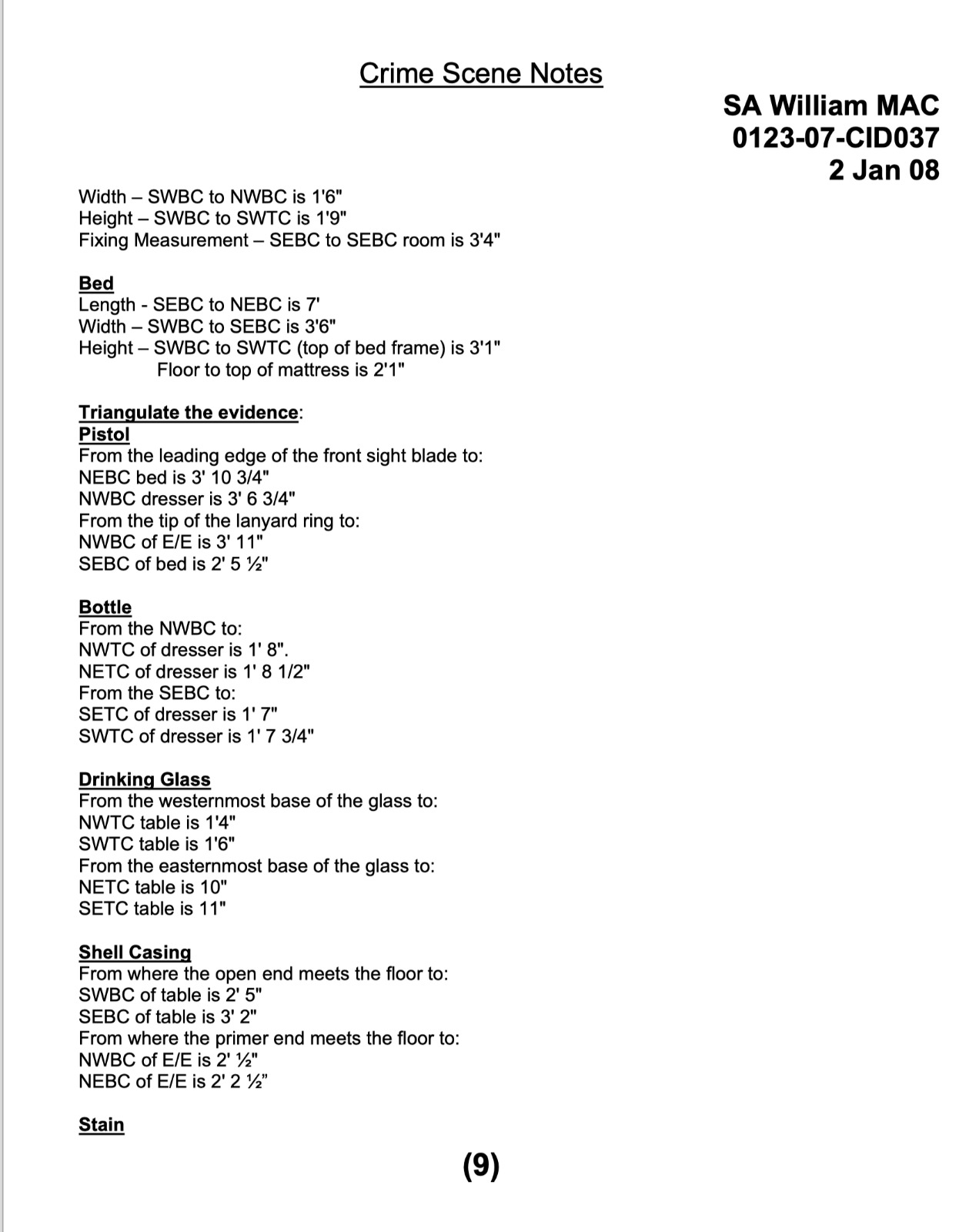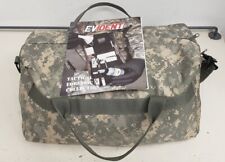Forensics Forensic Special Agent CRIME SCENE CSI Manual on CD For Sale

When you click on links to various merchants on this site and make a purchase, this can result in this site earning a commission. Affiliate programs and affiliations include, but are not limited to, the eBay Partner Network.
Forensics Forensic Special Agent CRIME SCENE CSI Manual on CD:
$11.99
Thank you!
If you do not wish to have your item(s) delivered on data disc(s), I can provide them on a flash drive and other means as well. Just let me know if a disc does not work for you and we can discuss delivery by other methods.
COMBINING SHIPPING COSTS
Are you purchasing multiple items? I will: a) combine all invoices before payment and charge shipping equivalent to one item, or b) refund all shipping costs in excess of one item after payment.
All derivative (i.e. change in media; by compilation) work from this underlying U.S. Government public domain/public release data is COPYRIGHT © GOVPUBS$3.00 first class shipping in U.S. and rest of world; save by combining sales.
Copy of Public domain (not copyrighted) U.S. Government manual; not copied from another CD-ROM product.
78 pages in PDF format on CD
Includes the Adobe Acrobat Reader for easy viewing and printing.
TITLE: Advanced Investigative Skills Training Branch - Apprentice Special Agent Course - Crime Scene
Publication Date: 2007
B. Sketch Crime Scene
C. Prepare Evidence Voucher
D. Prepare Lab Request
E. Crime Scene Notes Example “MAC Case”
F. CSI Guide “14 Phase Outline”
G. Crime Scene Processing Aides “House Rules”
H. Homework Assignment “Kelley Case”
I. Sketch and Forms Examples CONTENT EXAMPLE (from Prioritize Crime Scene Activities) Prioritize Crime Scene Activities
191-3329A-1a. Evidence is defined as anything that helps to ascertain the truth of a matter or gives proof of a fact. This may be either physical
or testimonial. As stated earlier, testimonial evidence can be subjective, while physical evidence, if its integrity is maintained, is
objective. When interviewing someone as to what they observed, there are several reasons that what they tell you may not be
accurate. The event may have been so traumatic, that they exaggerate the size, intensity, or event. They may just simply be lying
to cover for his or herself or someone, or to retain someone’s dignity.b. When discussing prioritization of evidence, we are talking about physical evidence and the various types of physical evidence
found at a crime scene.(1) Sometimes it’s the classification or categorizing of physical evidence that can be difficult. Depending on the environment, a
piece of trace evidence, like a hair or fiber, may also be categorized as fragile or perishable. Blood is considered fungible AND
fragile. It can also be seen as fugitive as its original size and texture changes considerably over a very short period of time.c. CID Regulation 195-1 requires you to respond to a crime scene in a timely manner. Given that, its important to remember that
HOW you respond and WHEN you respond sends a certain message to the first responders, family members, and chain of
command. Although you need to be methodical and ensure you have taken required equipment with you, it’s also important to
proceed as expeditiously as possible to ensure that the message being sent is NOT that you are apathetic. It’s also important to
remember that there is evidence that can change, or be changed, by time, weather, or contaminants. Once you have determined
the incident is within your purview, it is important to respond as soon as feasible.(1) Its important when responding to a crime scene that you start thinking about what you will do, observing the environment
and terrain upon approach, and remaining aware of your route of travel to ensure you do not disturb or destroy physical evidence.
One of the most difficult aspects of a crime scene is determining its perimeters. No two scenes are the same, and the perimeters of
your scene will be contingent upon the size, type, and location.(2) Determine the limitations of your crime scene. For an indoor scene, limitations are normally determined by structure (walls,
ceiling, etc.), while outdoor scenes can be more difficult to limit. Limitations of the scene will be based on the nature of the scene,
and location of evidence. As a general rule, the closer to the decedent or event, the more evidence, and the more probative
evidence, is likely to be found. Once the limitations have been determined, security will have to be established. Anything outside of
the secured area is subject to be walked on, picked up, or overlooked.(3) Once the crime scene has been established, and taped off, its important to limit access into the crime scene. Simply
bearing a certain rank or position does not afford a person the opportunity to enter the crime scene. Especially given the sensitivity
of DNA and other pieces of evidence which may be deposited at a crime scene, it’s important to minimize as much as possible the
number of person who will be coming in and out of your scene. Even fellow agents should be limited to the number required to
process the scene, and no more. Finally, maintaining a log does not necessarily negate the limiting of personnel into the scene. It
simply means that those who enter your scene have to be accounted for, as they may be required to surrender their clothing, shoes,
fingerprints, or even testify in court.(4) Engaging in life saving measures and avoiding the loss of trace physical evidence are not mutually exclusive actions.
Agents, as well as first responders, can be briefed on the importance of preserving evidence while providing first aid or confirming
the victim is deceased. Avoiding routes your suspect likely used, minimal movement of the victim, and not allowing anything
removed from the body to be taken away from the scene.(5) Upon arrival at a crime scene, the first person you should talk to is the responding patrol, documenting any and all changes
to the scene that occurred upon and after his arrival.(a) Victims and complainants may be too emotional, or may be involved in the incident, providing you with false
information to avoid detection, prosecution, or sometimes embarrassment for themselves or their family. Never move evidence back
to a location where it originated; simply document the change and have the person who moved it articulate its original location in a
sketch or statement, or both. Other changes may have occurred based on environment or animal activity. All changes should be
documented.(6) You can have problems before you even arrive at the scene. One of them is the commander who wants to conduct an
investigation for you, and will start tampering with or collecting evidence before the MPs arrive. You may have commanders and/or
supervisors who want first hand knowledge immediately, while you are in the process of conducting the crime scene examination.
Another problem may be the medical personnel who are concerned with the preservation of life. This in and of itself is not a bad
thing; however, when your victim is obviously dead (rigor or lividity has set in, decomposition of observed), it is simply them going

Related Items:
U.S. Armed Forces ALPHA/BRAVO Combat Forensic Kit - ACU Digital
$366.39
Forensics Forensic Special Agent CRIME SCENE CSI Manual on CD
$11.99
National Forensic Academy Class Boneyard Harvard of Violence Challenge Coin
$399.99



